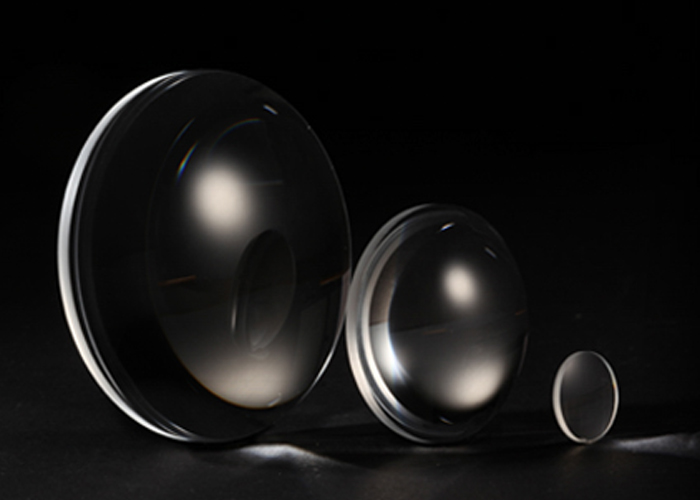What does "metallographic" in a metallographic microscope mean?
Pulished on Jun. 27, 2025
Metallographic microscopes are applicable to industries such as aviation manufacturing, mechanical manufacturing, vehicle manufacturing, manufacturing and inspection of boilers and pressure vessels, petrochemicals, railways, shipbuilding, power plants, power stations, equipment installations, large molds, safety inspection, quality monitoring, and physical and chemical laboratories.
Why is a metallographic microscope called metallographic?
1.Metallography refers to the chemical composition of metals or alloys, as well as the physical and chemical states of various components within the alloy.
2. A metallographic microscope is generally a type of microscope with a magnification of less than 1000 times. The one I have used has four magnifications: 50,100,150, and 200 times. The magnification is not continuously adjustable and can show metal particles with a diameter of up to 10um. Most of them have a CCD interface.
The above content is an introduction to why a metallographic microscope is called metallographic. To put it simply, in metallographic, "gold" refers to metal or alloy materials, and "phase" should refer to the appearance. So the significance of metallography should refer to the appearance and form of metal or alloy materials, but not what we see with the naked eye. It should be the microscopic state observed through a microscope.












